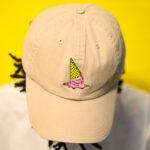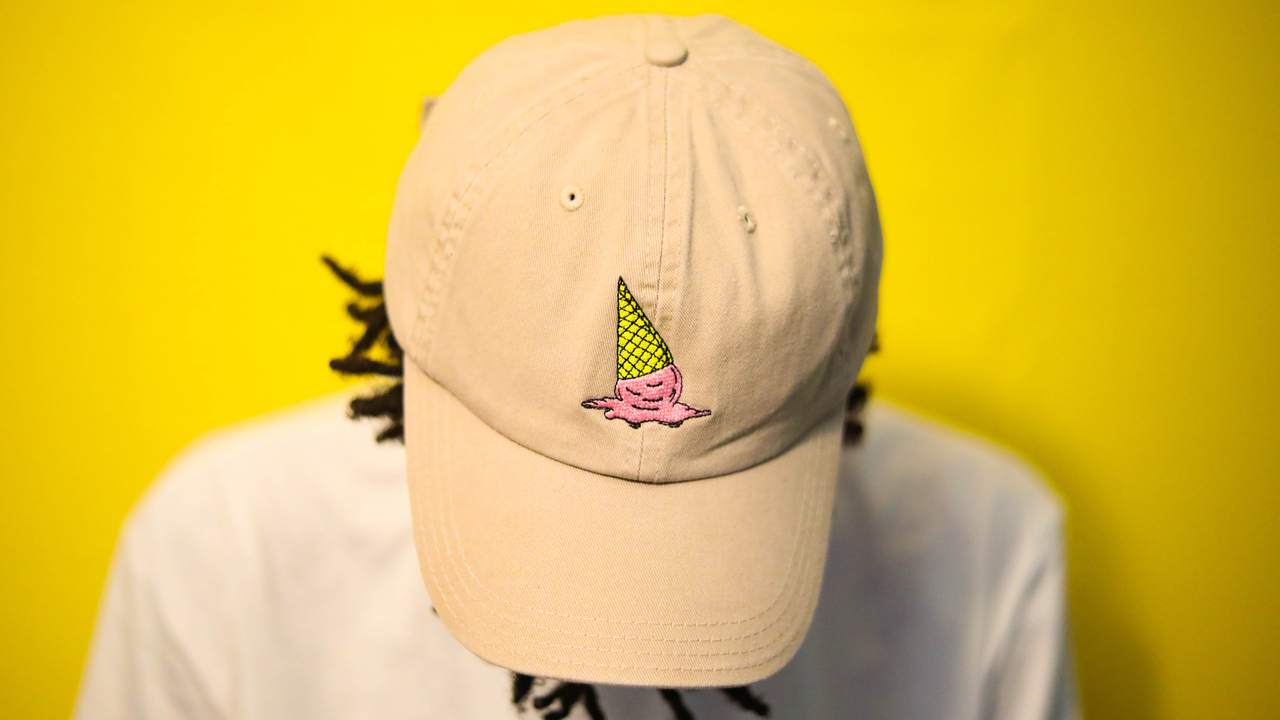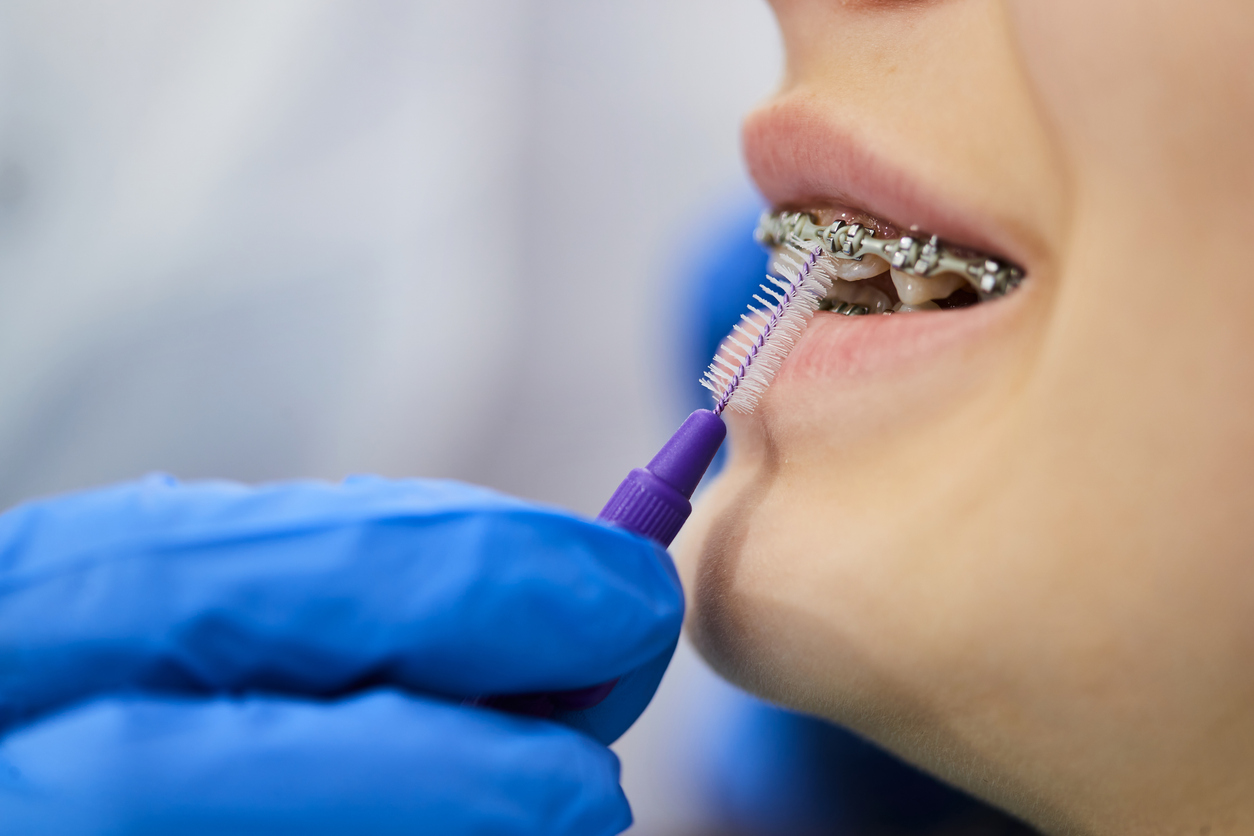Taking care of our children’s teeth is an important part of their health and wellbeing. Most parents know that they should take their child to the dentist regularly, but many don’t realize that the first step to good oral health is selecting the right toothbrush. This guide will help you choose the right toothbrush for your child, based on their age, preferences and any special needs they might have.
Factors to Consider When Choosing a Kids Toothbrush
Age-appropriate design and size
A toothbrush should fit comfortably in your child’s hand and reach all parts of their mouth. It should also have soft bristles in order to avoid hurting their gums.
Safety features
Make sure the toothbrush has a head that is small enough to fit comfortably in your child’s mouth.
Bristle type (soft vs. hard)
Most children should use a soft-bristled toothbrush to avoid damaging their gums.
Electric vs. Manual toothbrushes
Electric toothbrushes can help some children brush better, but their use should always be supervised.
Fun and engaging designs to encourage brushing
Toothbrushes that feature your child’s favorite characters or colors can help make brushing more enjoyable.
Understanding the Needs of Your Child
Special considerations for children with braces or sensory issues
If your child has braces, the American Academy of Orthodontics strongly recommends using an electric toothbrush to ensure a thorough cleaning. Electric toothbrushes can provide a more effective brushing experience, as they often have timers and various settings that help kids brush for the recommended two minutes.
Additionally, for children who have sensory issues, it may be beneficial to choose a toothbrush with a thicker handle that is easier to grip and softer bristles to minimize discomfort while still being gentle on the teeth and gums. Ensuring your child is comfortable during their oral care routine can make a significant difference in their overall dental hygiene and willingness to maintain it.
Tips for introducing and maintaining a good brushing routine
Establishing a regular brushing schedule is key for developing good dental hygiene habits in children. Aim to brush at the same times every day, such as after breakfast and before bed, to create a consistent routine. To make brushing more enjoyable, consider playing some upbeat music that your child loves or using a fun timer that counts down the brushing duration, helping them stay engaged.
Additionally, motivate your child by rewarding them after brushing with positive reinforcement, such as praise for a job well done or stickers that they can collect for a special reward later on. This approach not only encourages good habits but also makes dental care a fun and positive experience!
Conclusion
Choosing the right toothbrush for your child is a crucial aspect of maintaining their oral health. A toothbrush that is appropriately sized for their little hands and mouth can make brushing easier and more effective. Look for soft bristles to protect their sensitive gums and encourage them to brush regularly. Additionally, involving your child in the selection process can make them more excited about their oral hygiene routine, helping to establish good habits that last a lifetime.
For more information on dental care for children and great selection of kids toothbrushes, Visit TePe USA.










